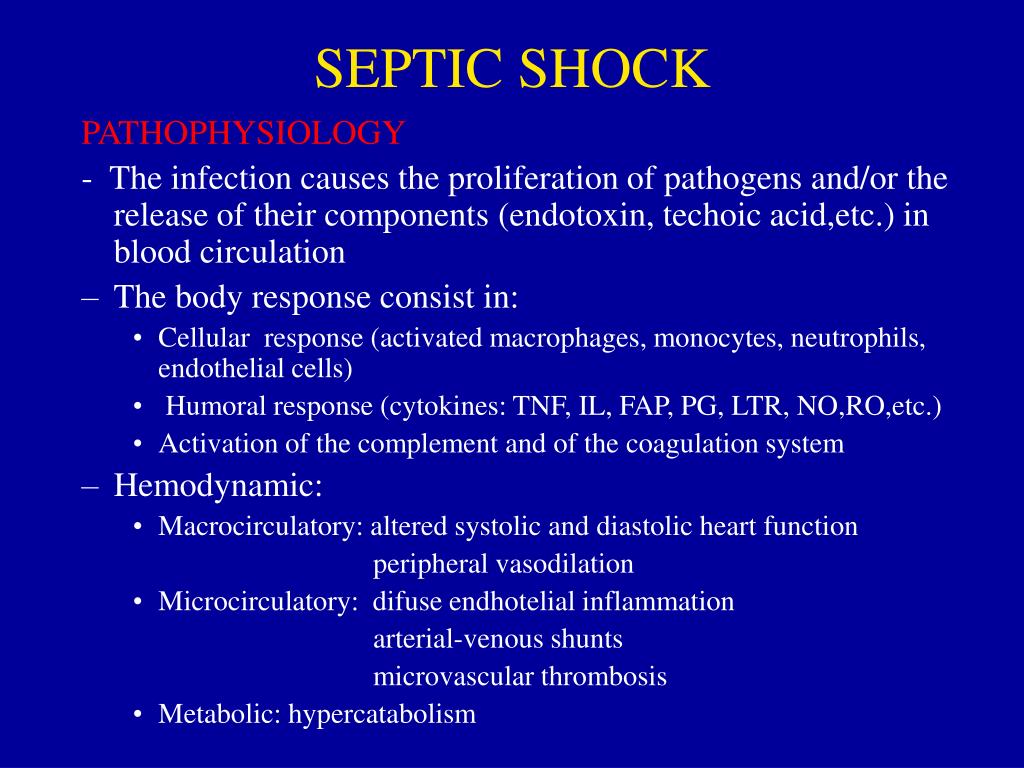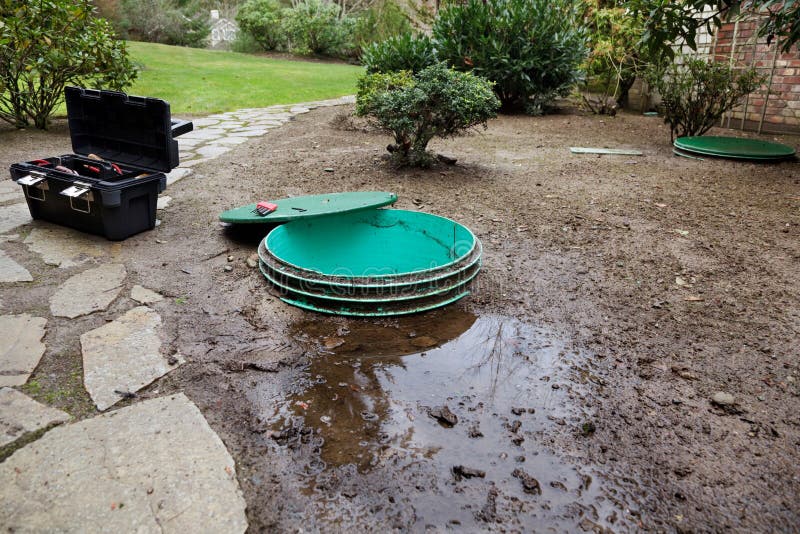
Severe sepsis and septic shock are medical emergencies. If sepsis is suspected, you’ll usually be referred to hospital for further diagnosis and treatment. Seek medical advice urgently from your medical professional if you’ve recently had an infection or injury and you have possible early signs of sepsis. Blue tinge to lips or fingernails (or gray in the case of dark-complexions)Įarly treatment of sepsis, usually with antibiotics and large amounts of intravenous fluids, improves chances for survival.Restlessness, agitation, lethargy, or confusion.Producing less urine – for example, not peeing for a day.Low blood pressure, especially when standing.A change in mental state – such as confusion or disorientation.People who have weakened immune systems.People who have chronic conditions, such as diabetes, kidney or lung disease, or cancer.

Sepsis is most common and most dangerous in: Sepsis is caused by infection and can happen to anyone.

Septic shock can occur as a complication of sepsis, a serious condition that happens when the body’s reaction to an infection damages its own tissues and organs.

This reduces the amount of blood and oxygen that reaches your body’s organs, stopping them working properly. Septic shock is a life-threatening medical emergency that happens when your blood pressure drops to a dangerously low level after an infection.


 0 kommentar(er)
0 kommentar(er)
